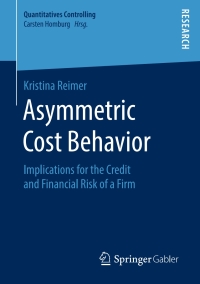Question
STEP 1: Postmedia Network Canada Corp. Find the audited annual financial statement online for the Canadian public company assigned (use the Annual Financial Statements published
STEP 1: Postmedia Network Canada Corp.
Find the audited annual financial statement online for the Canadian public company assigned (use the Annual Financial Statements published in October 2022). The audited annual financial statement obtained from SEDAR ( https://sedar.com/search/search_form_pc_en.htm ) must contain audited financial statements and the MD&A (management's discussion and analysis). In SEDAR look for the Audited Annual Financial Statements. If complementary data is needed to answer any of the questions of step 2, look at any of the following complementary documents: Annual Report, MD&A or Annual Information Form, all are also available in SEDAR.
STEP 2: Calculate the ratios using the table provided
| Answer | Ratio | Generic Formula | Define details for Postmedia Network Canada Corp |
| 1) | Equity ratio | Equity Ratio = Shareholders' Equity / Total Assets | Shareholders Equity = |
| 2) | Working Capital Turnover | Working Capital Turnover = Net Sales / Working Capital | Working Capital = |
| 3) | Current ratio | Current Ratio = Current Assets / Current Liabilities | |
| 4) | Quick ratio | Quick Ratio = Quick Assets / Current Liabilities | Quick Assets = |
| 5) | Assets turnover | Assets Turnover = Net Sales / Average Total Assets | |
| 6) | Interest Coverage | Interest Coverage = Operating Income / Annual Interest Expense | |
| 7) | Average Collection Period | Average Collection Period = (Average of Net Trade Accounts Receivable / Net Sales) * 365 | |
| 8) | Return on Assets | Return on Assets = Operating Income / Total Average Assets | |
| 9) | Free Cash Flow | Free Cash Flow = Cash from Operating Activities - Cash used in Investing Activities (including dividends) | |
| 10) | Dividend Payout Ratio | Dividend Payout Ratio = Common Dividends per Share / Earnings per Share |
11) Answer these questions based on your overall analysis of the company:
a) What is the profitability position of the company you are analyzing?
b) What is the profitability trend of the company you are analyzing?
c) Based on your analysis of profitability, what is your recommendation to investors: hold, buy, sell?
Step by Step Solution
There are 3 Steps involved in it
Step: 1

Get Instant Access to Expert-Tailored Solutions
See step-by-step solutions with expert insights and AI powered tools for academic success
Step: 2

Step: 3

Ace Your Homework with AI
Get the answers you need in no time with our AI-driven, step-by-step assistance
Get Started


